Key takeaways from our employee roundtable in collaboration with McKinsey Health Institute
We recently had the pleasure of hosting a roundtable on employee wellbeing in collaboration with McKinsey Health Institute (MHI). Read on for our top takeaways.
The event was attended by senior leaders and CHROs across a range of organisations, with a panel moderated by Barbara Jeffery, MHI’s Co-leader of Employee Health.
Jacqui Brassey, MHI’s Co-leader of Employee Health also shared insights from MHI's latest research on the underlying drivers of holistic employee health and burnout, based on a study of 30,000 employees across 30 countries.
Dr Fiona Crichton, VP of Behavioural Science at Groov, shared insights from our research on how we can drive meaningful behaviour change in organisations and empower individuals to better manage stress, while Emma Scott, Chief at Tribe, and John Frear, head of Group Capability & performance manager at Giltrap, shared experiences of their organisations’ wellbeing journeys.
We’re grateful to MHI and our guest panellists for their insights and continued engagement on this critical topic.
Watch the replay or read on for a summary of the event, including:
The latest research from McKinsey Health Institute
The importance of moving from insight to action
Practical examples of bringing wellbeing initiatives to life
And so much more!
Latest research from McKinsey Health Institute
Jacqui Brassey, Employee Health Co-Leader at the McKinsey Health Institute, spoke about the fascinating findings in the research paper 'Reframing employee health: Moving beyond burnout to holistic health'.
This research put the spotlight on the state of burnout and the state of wellbeing in 30 countries, allowing for an analysis of how both burnout and wellbeing contribute to performance and engagement, among other key success metrics.
"For employees to thrive, organisations should both address burnout symptoms and support good holistic health - just one is not enough," noted Jacqui.
The role of 'demands' and 'enablers' in preventing burnout
Jacqui Brassey also spoke to MHI’s findings regarding 'demands' and 'enablers' and how they relate to burnout in the workplace.
Enablers offset job demands and provide positive energy. Examples of enablers include psychological safety, flexible working policies, leadership trainings, and digital programs on workplace health.
Demands are workplace stressors that require sustained cognitive, physical, and/or emotional effort. While some stress at work is productive, excessive stress can lead to burnout. Demands should be addressed, as well as enablers, or burnout symptoms will likely persist
In the roundtable discussion, Jacqui advised addressing demands first. Once an organisation has plans in place for demands, it can move onto enablers with more success.
>> Read the full report from McKinsey
The importance of moving from insight to action
Behavioural scientist and health psychology specialist Dr Fiona Crichton took the floor to share strategies for moving from insight to action.
"What I can say from a health psychology perspective is insight does not make behaviour change. Understanding 'what' doesn't mean people will do," explained Dr Fiona.
Assess at baseline, and tailor your approach
Roll out a short, but comprehensive, assessment to understand the unique challenges facing your organisation, so you can create a tailored strategy based on the findings.
Overcome barriers, such as time
Start by implementing small actions that people can complete quickly and easily in the natural flow of their workday. Build from there.
Have ways to recharge
Encourage employees to take microbreaks throughout the day. Microbreaks don't solve everything, but they are really helpful for sustained energy and focus, and they are a quick way to get started.
Set wellbeing habits at a team level
When wellbeing is brought into teams, it empowers people to have meaningful conversations and get to know each other better, which is linked with increased trust, energy, and performance.
Thriving under pressure at Tribe Recruitment
Emma Scott, CEO of Tribe Recruitment, shared some of the practical ways Tribe integrates wellbeing initiatives to support employees in a high performance, high pressure environment.
DOT: Do One Thing
"Groov has this wonderful saying and it's DOT: Do One Thing. At times, when people felt incredibly stressed, we'd peel back, and that was incredibly powerful because we'd just say DOT. Let's go and have a walk around the block. Let's DOT this!" Emma explained.
Encourage self-celebration
One of Tribe's baseline assessments surfaced that people found it hard to celebrate their wins, so now Tribe sets aside time for self-celebration every week, which makes a big difference to how people respond to stress, and also keeps motivation levels high for future goals.
>> Read more about Tribe and Groov
Performance and care at Giltrap Group
John Frear, Group Capability & Performance Manager at Giltrap Group, shared some of the learnings from Giltrap's 10-year journey with workplace wellbeing.
Listen to employees
'Giltrap Care' started with literally hundreds of interviews with staff right across the business, talking to them and seeking to understand what they wanted. They then rolled out 3-4 initiatives and built up from there.
Keep checking in and tweaking as you grow
John added that wellbeing is an ever-evolving aspect of the business, and it's essential to keep checking in to ensure initiatives are practical and delivering value.
Support your people and elevate performance
Now is a great time to start thinking about your wellbeing strategy for 2024, and Groov is here to help you put workplace science into practice through always-on technology, expert-led live sessions, and corporate coaching and consulting.




